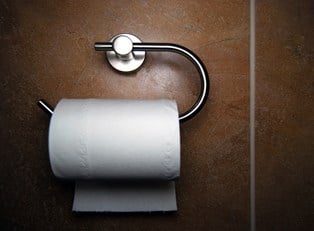Stress Incontinence is the involuntary release of urine during physical activities. The amount of urine you lose can be from two drops to a stream of urine. Stress Incontinence occurs when there is any type of pressure applied to the abdomen. Some examples are coughing, sneezing, laughing, and, lifting. What happens is the muscles that are used to control the flow of urine are weaken. This then causes you to lose urine.
Whom does it effect?
Stress Incontinence is more common in women. It can happen to men but it is very rare.
Some common causes are:
- Pregnancy: During pregnancy, your uterus applies pressure to your bladder. This then causes Stress Incontinence
- Childbirth: The muscles stretch when you have a vaginal birth.
- Menstruation: During your cycle, your Estrogen levels have a tendency to change. High estrogen levels help the pelvic floor by strengthening the floor. When the levels decrease, the pelvic floor weakens. This then cause you to loose urine involuntarily.
- Menopause: In the case of menopause estrogen, levels are what cause you to loose urine.
- Weight: Being overweight or obese can cause stress incontinence. Because the excess amount of weight applies pressure to the bladder.
Treatment
Kegel exercises help strengthen the muscles used to support the bladder. To perform the exercise you have to pretend you are trying to stop yourself from voiding. Keep your muscles contracted and count to 10 then release. Continue this cycle of contract and release for five more times. You can perform this exercise 2-3 times a day.
Bladder training can help as well. Train your bladder by waiting for an urge to urinate. When you feel the urge, hold your urine for a certain amount of time. Then you can go the bathroom. For the first day, you can wait for 15 minutes then urinate. You can do 15-minute intervals for 5- 7 days then increase the intervals. You can do this until you have a decent amount of time between bathroom visits.
A pessary is a device that comes in the shape of a ring. This ring is then inserted into the vagina. The pessary then applies pressure to the urethra. This helps keep the urethra in place. The doctor will show you how to remove and clean the device.
Surgery is performed to help keep the bladder in place. This is only done when everything that can help stop stress incontinence fails. The surgeries are simple and can be done in a day.



